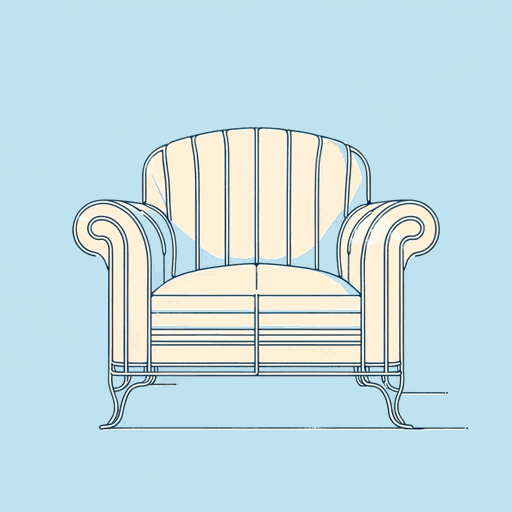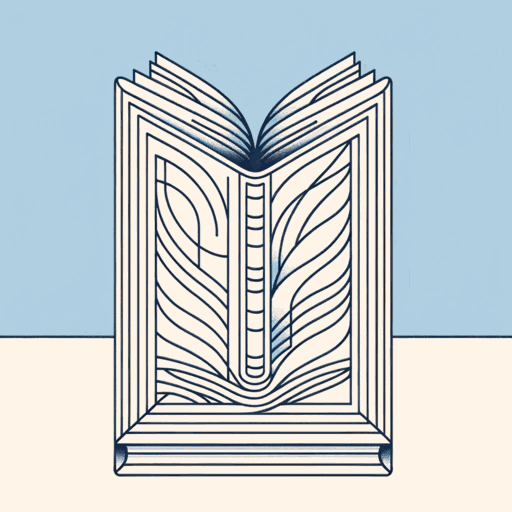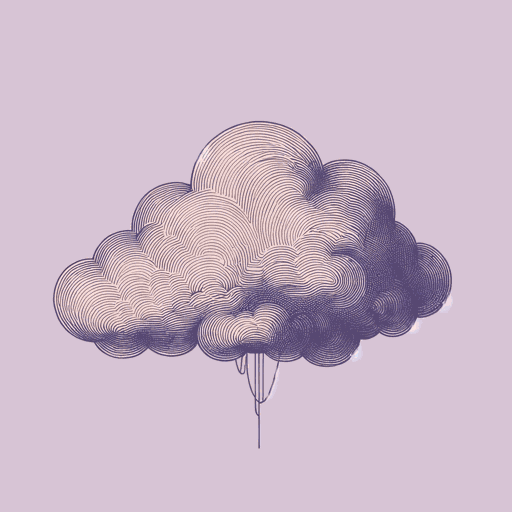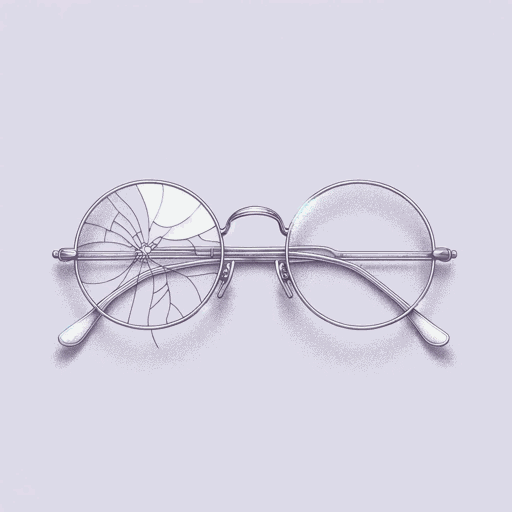45 pages • 1 hour read
Sigmund FreudThe Uncanny
Nonfiction | Essay / Speech | Adult | Published in 1919A modern alternative to SparkNotes and CliffsNotes, SuperSummary offers high-quality Study Guides with detailed chapter summaries and analysis of major themes, characters, and more.
Summary
“Screen Memories”
“The Creative Writer and Daydreaming”
“Family Romances”
Part 1, “Leonardo da Vinci and a Memory of His Childhood”
Part 2, “Leonardo da Vinci and a Memory of His Childhood”
Part 3, “Leonardo da Vinci and a Memory of His Childhood”
Part 4, “Leonardo da Vinci and a Memory of His Childhood”
Part 5, “Leonardo da Vinci and a Memory of His Childhood”
Part 6, “Leonardo da Vinci and a Memory of His Childhood”
Part 1, “The Uncanny”
Part 2, “The Uncanny”
Part 3, “The Uncanny”
Key Figures
Themes
Important Quotes
Essay Topics
Themes
Dreams and the Origins of Psychoanalysis
Psychoanalysis originated as the science of the enigma. Dreams are the key to Freud’s central theory: the existence of an unconscious. The proof of the existence of repressed material lies in the strangeness of dreams, in which he sees a resemblance to art and literature. He argued that dreams were possessive of meaning and able to be interpreted. Freud’s The Interpretation of Dreams was published in 1900. For Freud, there is a correlation between the dream and a work of art that both reside at the intersection between the conscious and the unconscious. Dreams were for Freud the pathway to the unconscious. Later, in his 1908 essay “The Creative Writer and Daydreaming,” Freud constructed an aesthetic theory around his ideas about dreams.
“The Creative Writer and Daydreaming” is the script of an informal speech made to roughly 100 non-psychoanalysts. Freud’s contention is that artists relive and rework memories of childhood daydreams and play in such a way that others can take pleasure in them. For Freud, dreams were important portals to the unconscious, which governs an individual’s behavior but of which they are unaware. In The Psychopathology of Everyday Life (1901), Freud analyses the invasion of the unconscious in waking life through slips of the tongue (so called “Freudian slips”), jokes, and sexual fetishes.
Related Titles
By Sigmund Freud

Civilization And Its Discontents
Sigmund Freud

Moses and Monotheism
Sigmund Freud

On Dreams
Sigmund Freud

The Freud Reader
Sigmund Freud

The Future of an Illusion
Sigmund Freud

The Interpretation of Dreams
Sigmund Freud

Three Essays on the Theory of Sexuality
Sigmund Freud

